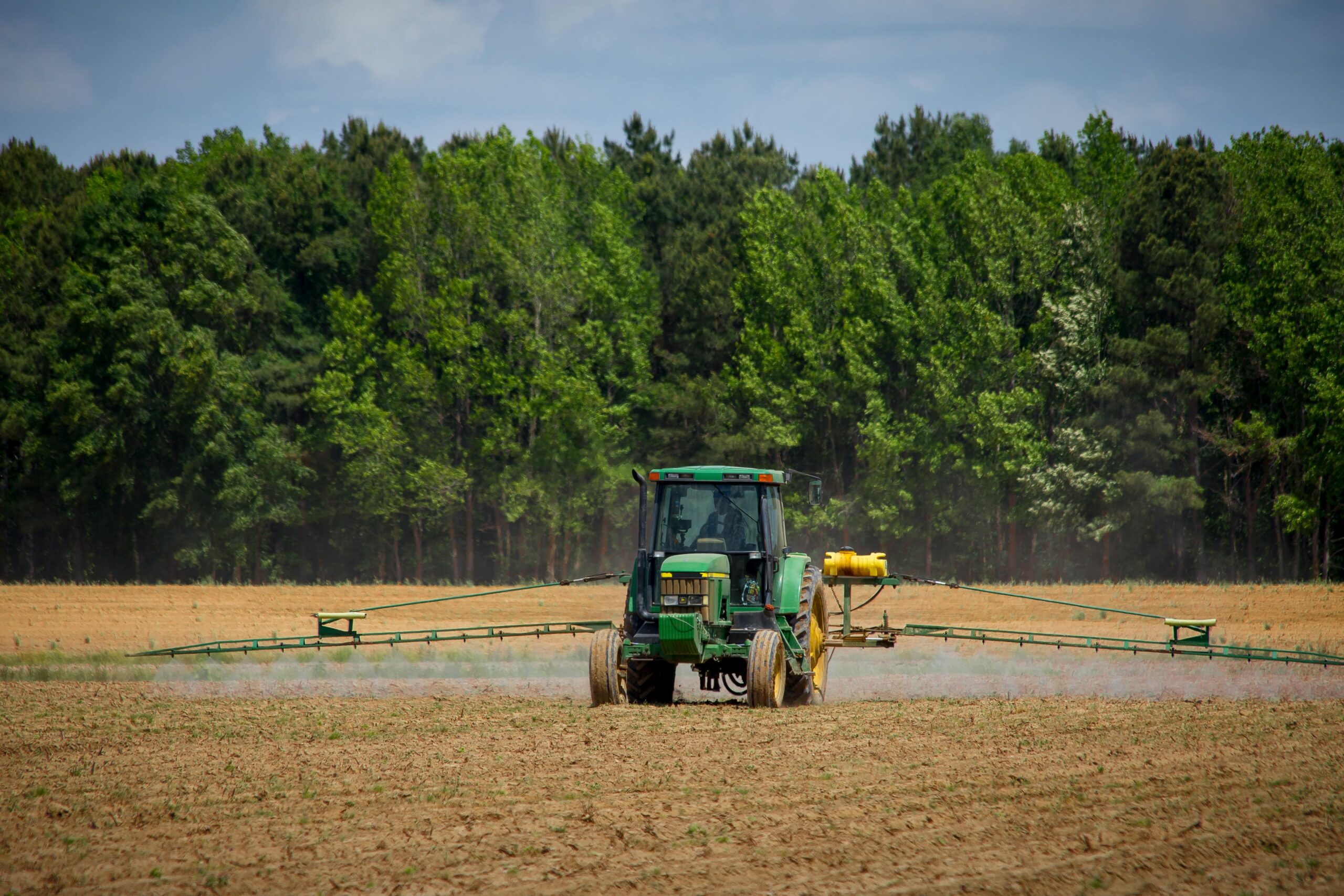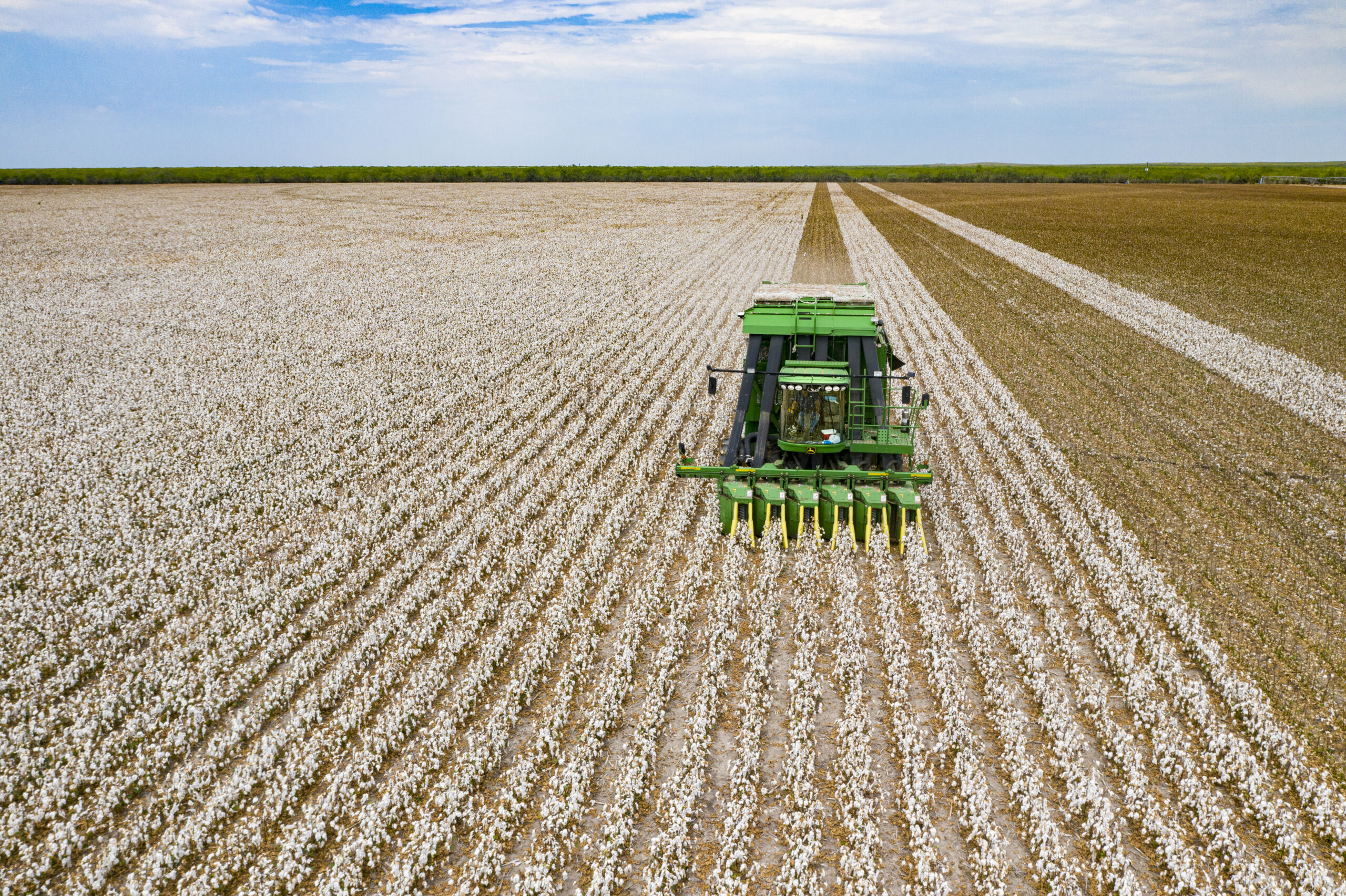On July 23, 2025, the EPA opened the public comment period for the proposed registrations of three over-the-top (OTT, i.e., post-emergent) dicamba herbicides to be used with dicamba-tolerant cotton and dicamba-tolerant soybeans. This announcement was accompanied by several updates to the labels originally proposed by the applicants (i.e., pesticide companies submitting proposed labels based on their own data). While those updates by the EPA include a litany of factors ranging from runoff and irrigation mitigation to personal protective equipment (PPE) for applicators, the most interesting change in the label can be found in the new mechanism for application cutoffs.
Under the labels submitted by the pesticide manufacturers, there was either an application cutoff date or a complete prohibition on OTT applications. For example, per Bayer’s submitted application for registration, the XtendiMax label would have prohibited any OTT applications on soybeans but allowed OTT applications on cotton through July 30th. These application cutoff dates were originally set in place by state agricultural agencies in 2018, in the immediate aftermath of dicamba drift issues. However, the EPA in 2020 restricted the powers of those state agencies by scrutinizing FIFRA Section 24(c) registrations that state agricultural agencies had used to create application cutoff dates. The EPA still maintains the position that state agricultural agencies cannot use FIFRA Section 24(c) to enact additional restrictions on a pesticide’s use. As such, any application cutoff dates for OTT dicamba since that date have been applicable nationwide (e.g., a June 12th application cutoff date would be put in place for farmers from Georgia to North Dakota).
Under the EPA’s latest proposed OTT dicamba labels, the date-based cutoffs have been replaced in favor of temperature-based restrictions on applications. Under the latest proposal, an applicator will have to know both the highest forecasted temperature for the day of the application as well as the highest forecasted temperature of the day following the application. Temperature forecasts are required to be conducted by the National Weather Service (NWS) or the National Oceanic and Atmospheric Administration (NOAA). If both of those temperatures are forecasted below 75 degrees Fahrenheit, the applicator can apply up to the maximum application rate of OTT dicamba, which is 0.5 pounds per acre with 20 fluid ounces of a volatility reducing agent (VRA).
When the highest relevant temperature of the day of the application and the following day is between 75 degrees Fahrenheit and 85 degrees Fahrenheit, the applicator can still apply up to 0.5 pounds per acre but must increase the VRA to 40 fluid ounces. When the highest temperature of the two relevant days is between 85 degrees Fahrenheit and 95 degrees Fahrenheit, the applicator must abide by the prior restriction but now must choose between reducing the area treated by 40% or eliminating tank mix partners (the VRA must still be included). When the highest forecasted temperature of the day of the application or the day following the application is 95 degrees Fahrenheit or higher, any application of OTT dicamba herbicides is prohibited.
Per the EPA, these temperature-based restrictions are intended to simplify the application process for farmers, ideally alleviating the oft-made complaint that the dicamba labels – which could reach 40 pages in length – were too complicated for farmers to effectively abide by. Still, at least one state regulator has stated that a lack of specificity on dates and times in which farmers can spray OTT dicamba will be problematic for farmers who are preoccupied with every other matter that inevitably arises when crops are in the ground.
The timing of this announcement by the EPA indicates that OTT dicamba herbicides may be available for the 2026 growing season, though environmental groups have promised to fight such registrations just as those groups have successfully done with the prior two registrations of OTT dicamba.
Brown, Nicholas. “Latest Proposed Dicamba Labels Move to Temperature-Based Cutoffs.” Southern Ag Today 5(39.5). September 26, 2025. Permalink


